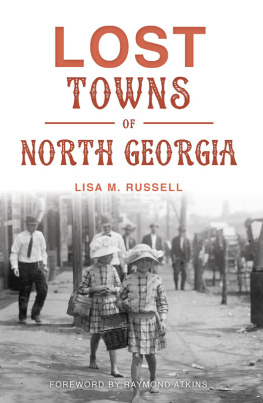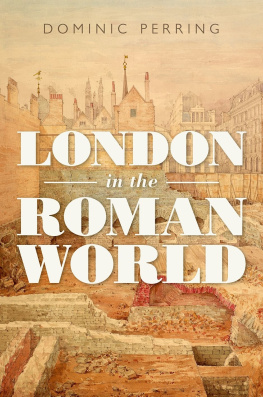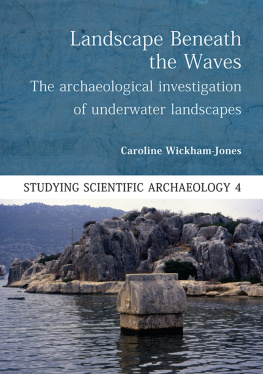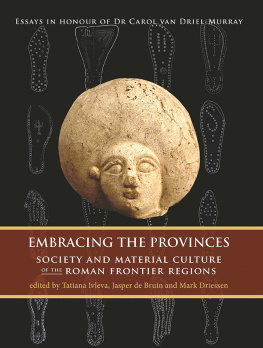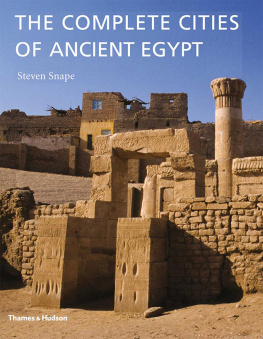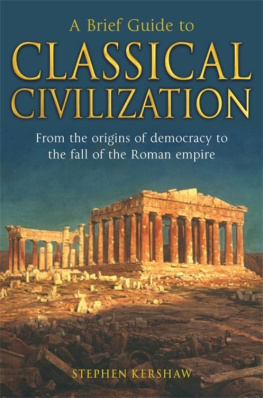Contents
First published 2012 by Ashgate Publishing Limited
Published 2012 by Routledge
2 Park Square, Milton Park, Abingdon, Oxon OX14 4RN
711 Third Avenue, New York, NY 10017, USA
Routledge is an imprint of the Taylor & Francis Group, an informa business
Copyright Neil Christie, Andrea Augenti and the contributors 2012
Neil Christie and Andrea Augenti have asserted their right under the Copyright, Designs and Patents Act, 1988, to be identified as the editors of this work.
All rights reserved. No part of this book may be reprinted or reproduced or utilised in any form or by any electronic, mechanical, or other means, now known or hereafter invented, including photocopying and recording, or in any information storage or retrieval system, without permission in writing from the publishers.
Notice:
Product or corporate names may be trademarks or registered trademarks, and are used only for identification and explanation without intent to infringe.
British Library Cataloguing in Publication Data
Vrbes Extinctae: Archaeologies of Abandoned Classical towns.
1. Roman provinces Antiquities. 2. Cities and towns Rome History.
3. Extinct cities Case studies. 4. Urban archaeology.
I. Christie, Neil. II. Augenti, Andrea.
937.009732dc23
Library of Congress Cataloging-in-Publication Data
Vrbes Extinctae: Archaeologies of Abandoned Classical Towns / edited by Neil Christie and
Andrea Augenti.
p. cm.
Includes index.
1. Extinct cities. 2. Cities and towns Rome. 3. Rome Civilization. 4. Urban archaeology.
I. Christie, Neil. II. Augenti, Andrea. III. Title: Urbes extinctae.
CC176.V73 2012
930.1dc23 2012000957
ISBN 9780754665625 (hbk)
Contents
Neil Christie
Andrea Augenti
Frank M.R. Vermeulen
Enrico Cirelli and Elizabeth Fentress
Miguel ngel Cau
Isabel Velzquez and Gisela Ripoll
Gareth Sears, Vince Gaffney, Chris Gaffney, Richard Cuttler, Helen Goodchild and Susan Kane
William Bowden and Richard Hodges
Rebecca J. Sweetman
Paul Arthur
J. A. Baird
Michael Fulford
Andrea Augenti
This volume derives partly from a day conference held on Saturday 13 May 2006 at the University of Leicester and organised within the School of Archaeology and Ancient History on the theme of Urbes Extinctae: Archaeologies of Abandoned Classical Sites. This conference was organised as part of a series of events in 2006 funded by a major Culture 2000 European Union grant overseen by RavennAntica (http://www.ravennantica.it): core to the programme of events was an extended season of archaeological excavation at the late antique and early medieval church site of San Severo in the port city of Classe, a site set south of the late Roman and Byzantine capital of Italy, Ravenna. The excavations in part discussed by Andrea Augenti in this volume brought together archaeologists (staff and students) from the Universities of Bologna-Ravenna, Barcelona, Budapest (Central European University) and Leicester. This enabled fuller exploration and analysis of a structure that stands as one of the very few visible components of an otherwise lost or buried ancient city; its archaeological sequence runs from the early empire into the early modern period, and includes a Roman burial ground and villa, a late sixth-century basilica, tenth-century monastery and royal palace, and a shrunken later medieval church and tower. These excavations (ongoing, and overseen by Professor Augenti of the Dipartimento di Archeologia of the Universit di Bologna (sede di Ravenna) form a core component to a wider archaeological study and display of Classe, geared primarily to the creation of an archaeological park that will enable visitors to understand the scale, wealth and fortunes of this now lost city. RavennAntica indeed forms the head of the Fondazione Parco Archeologico di Classe and is actively pursuing this goal; to this end it also sponsors exhibitions in Ravenna itself. The Culture 2000 programme (with its kick-off meeting held in Ravenna on 28 November, 2005) was entitled Progetto Classe: archeologia di una citt abbandonata, and coincided with the so-called Anno di San Severo. Meetings and day conferences were held also in Budapest, Barcelona and Leicester to facilitate planning and dissemination of the project work and aims.
The theme of the Leicester day conference thus linked into the projects reference to the archaeology of an abandoned city. Scholars from Britain, Spain, Italy and Hungary were invited here to share views on and findings from excavations and surveys of Roman towns that variously failed in the late, or especially, post-Roman period. Case studies examined ranged across the empire (Roman and Byzantine), including from the provinces of Britain, Gaul, Spain, North Africa, Syria, Pannonia and Italy. Questions raised included: What can the studies of these centres contribute to our understanding of Roman and post-classical urban decay? Why did such towns fail when others continued? How drawn-out were their ends? In particular the conference speakers were asked to think not just about the results of the archaeologies at these sites, but the ways in which techniques of study and perceptions of change and decay have evolved. What were the first views of these sites ends? How has our understanding evolved through further excavation work? What can new techniques and technologies add? What gaps remain to be explored? The conference identified how current analyses of Late Antiquity and urban change still do not properly address the issue of urban decline and abandonment; we do not normally separate out lost sites from those that persist or we inadequately use the archaeologies of the extinct sites to guide our thinking on the survivors. Extinct towns provide vital laboratories of study: we need to ensure that full methodologies and suited questions are being applied to these or else their resources and potential will be damaged.
Only a few of the papers published here, it should be noted, in fact relate to the conference programme of May 2006: a sizeable expansion of the geographical and chronological coverage has been sought through inviting additional contributors; sadly a couple of the original contributions have not been forthcoming, but it is hoped that the overall range is nonetheless full enough and informative. All contributors are thanked for their papers, revisions and patience. The gap between the conference date and this final publication should not be seen as problematic: the papers are not fixed to fieldwork completed or still active in 2006, but cover work since then and so are current articles of description, discussion and debate.
As editors we thank all the speakers, volume contributors, programme organisers and co-ordinators, fellow partner heads (Professors Augenti, Ripoll and Laszlovszky, Dr Christie), fellow diggers from the San Severo excavation, fellow speakers and workers from the Culture 2000 workshops, and the two anonymous reviewers for the volumes papers (who met all deadlines imposed). Our final thanks to Tom Gray and other staff at Ashgate, notably Senior Editor Kirsten Weissenberg, for taking on and seeing to press this collection of papers, and to Katharine Bartlett for her admirable copy-editing and patience.
NEIL CHRISTIE and ANDREA AUGENTI
Leicester and Ravenna, March 2012
The colour images appear between pp 7677 but thumbnails of these appear in the relevant chapters


